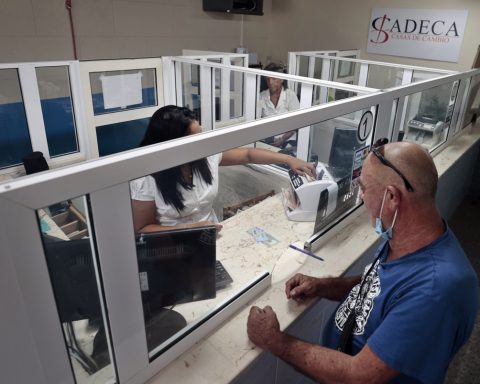MIAMI, United States. — There are many hypotheses that, from art, and specifically cinema, have been raised about the end of humanity as we know it, and what a post-apocalyptic world would look like. For many years, catastrophism was the answer: a mega-earthquake followed by a tsunami that swallows entire continents, volcanoes erupting in a chain, an imbalance in the Earth’s core that causes glaciation and freezes the entire planet, leaving perhaps a few lucky survivors.
These spectacular and sensational conjectures have given way to another that seems more real and since the mid-1990s it has attracted the interest of film and television producers. The idea that humanity could be destroyed by a virus seems more likely than a weather phenomenon of global proportions.
Such has been the premise of productions such as On the edge of doubt (Roger Spottiswoode, 1993), Epidemic (Wolfgang Petersen, 1995), Contagion (Steven Soderbergh, 2011), World War Z (Marc Forster, 2013) and, more recently, The Last of Us (2023), a series broadcast on HBO whose first season left audiences in shock and waiting for more.
Inspired by the homonymous video game, The Last of Us It takes place in a post-apocalyptic setting where people who have managed to survive a terrible pandemic try to stay safe from the infested and find the cure to save what is left of humanity.
Starring Pedro Pascal (Joel) and Bella Ramsey (Ellie), who were applauded by the public for their roles in Game of Thrones —Prince Oberyn Martell and Lyanna Mormont, respectively—, the series resorts to a new plot. Instead of a virus, mankind is invaded by a fungus called Cordyceps that lodges in the brain, devouring it from the inside out and inducing a state of extreme violence in those infected.
Although the plot of The Last of Us It is pure fiction, the truth is that Cordyceps can colonize other species in such an invasive way as seen in the audiovisual. In an interview with the media ExcelsiorDr. Edith Sánchez Paredes —Department of Epidemiology and Parasitology of the Faculty of Medicine of the UNAM— revealed that the fungus in question has been studied for the damage it causes to carpenter ants.
Cordyceps spores infest ants, grow inside their bodies for a period of 24 to 48 hours, and within two to three weeks, on average, disseminate within them. The fungus secretes neurotoxins that destroy the ants’ tissues, putting them into zombie mode. These are anchored to a leaf that has a certain humidity and temperature, and the Cordyceps begins to emerge from its head, which, in turn, produces thousands of spores that invade the nearest ant colony, repeating the process until annihilation.
Regarding the possibility that Cordyceps could cross the species barrier and cause something similar in humans, Dr. explained that many processes would be necessary for the fungus to adapt to this new host. Also, she would require humans to have risk factors, such as a weak immune system.
It is not likely that the terrifying scenes of The Last of Us take place in the real world. However, at the pace of science, recklessness and climate change, the idea that a nondescript organism can colonize the human brain and destroy humanity has been stealing sleep from more than one person.
The post The Last of Us: an unlikely, but terrifying theory appeared first on CubaNet.















